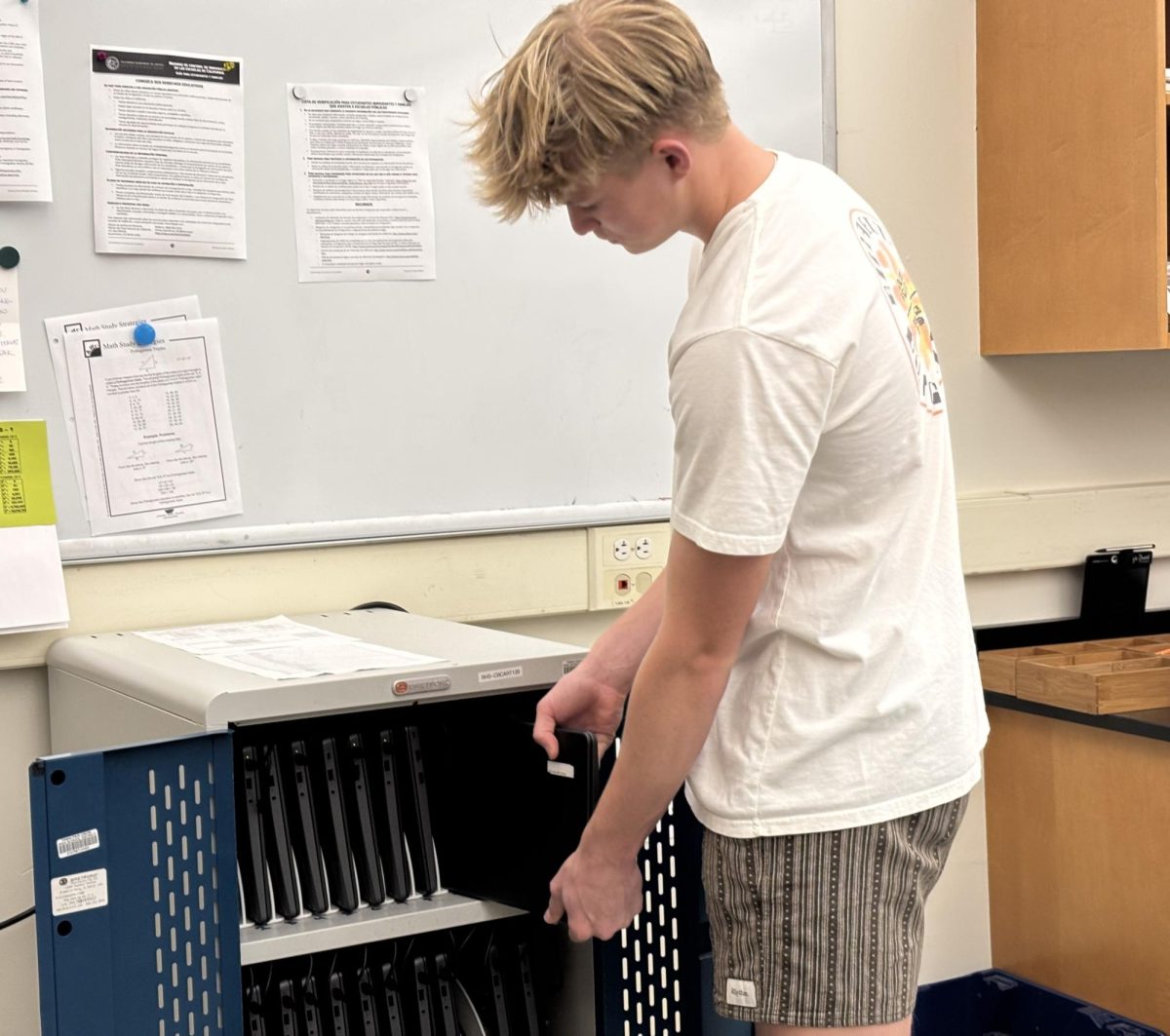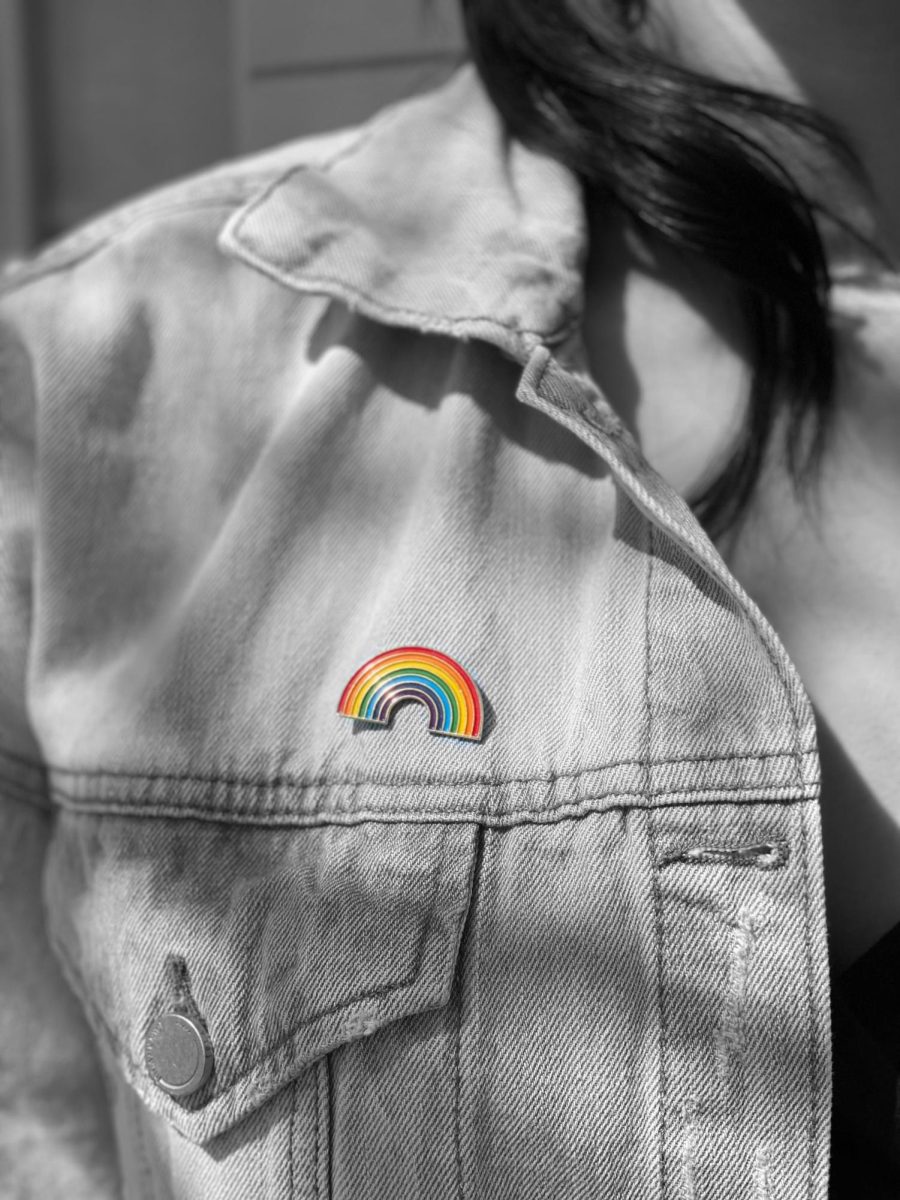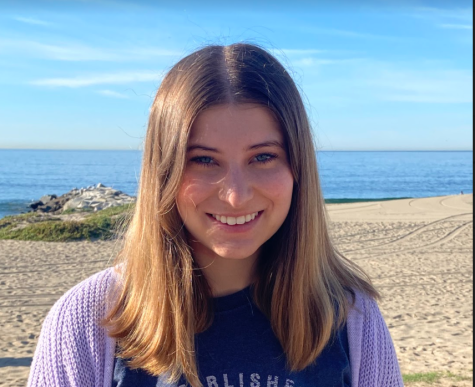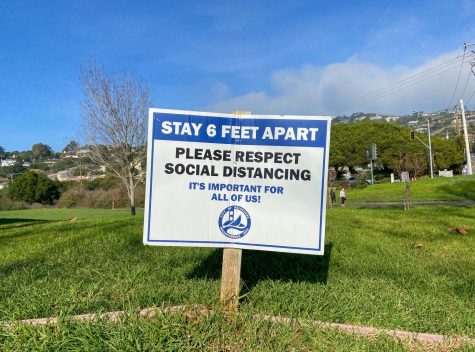
On Nov. 22, a traveler with the Omicron variant of COVID-19 arrived at the San Francisco International Airport from
South Africa. By Nov. 30, the case had been sequenced and identified at the University of California, San Francisco — making it the first case of the Omicron variant identified in the U.S.. As of Dec. 6, at least 32 cases have been identified in 18 states, with seven total in California — a number that continues to rise.
With these cases come many concerns and questions about the new variant. Currently, information surrounding vaccination efficacy, contagiousness and other details are limited. According to an email from Tamalpais Unified School District (TUHSD) superintendent Tara Taupier, the district currently feels that there is not enough information to make a statement, though they hope that high vaccination rates will minimize impact.
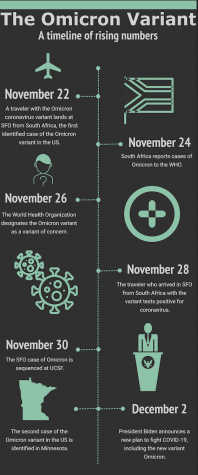
According to Taupier, the district works closely with Marin public health. On Nov. 29, Marin Health and Human Services released a status update including a public statement from county public health officer Dr. Matt Willis reiterating the current lack of information.
“What we know about this variant is based on information being assembled internationally over the past few days. It will take at least two weeks to really understand the properties of this variant and to predict the impact it might have,” Willis said in his statement.
According to Willis, data from South Africa suggests that this strain of the virus will be more infectious than previous variants. However, Willis also emphasizes the importance of Marin’s high vaccination rates in comparison to other areas.
“Vaccination rates in the Southern African region are about 25 percent, and ours in Marin are more than three times higher, which will be protective. Vaccines remain our single most effective tool,” Willis said.
While county public health officials wait for more data, some members of the Redwood community have expressed concerns. In addition to being disappointed about the restrictions of another wave, senior Kaitlyn Hartka is worried about some of the health impacts the new variant could have on family members.
“I live with my grandma, and if I’m going to school every day, I’m constantly exposed to other people. At school, there’s not [a lot] of mask-wearing, especially outside. It just makes me a little worried — especially for my grandma, but for my parents as well,” Hartka said.
Hartka is also concerned about students not taking the virus seriously enough.
“I feel like a lot of people right now have that mentality that [COVID-19] is basically over, and everyone’s still hanging out. They are not [careful] about how safe they are being. I definitely think that [Omicron] needs to be brought to people’s attention before [COVID-19] really starts to spread everywhere again,” Hartka said. “It just seems like people are forgetting that [COVID-19] exists.”
On the other hand, some students feel that reactions to Omicron may be overblown. Sophomore Jack Zimmerman says that the school district, county and community as a whole should wait for more information.
“A lot of the reaction to the new variant seems a little unprovoked. What we learned from Delta is that no matter what you do, it’s going to make its way … I think that at this point there’s nothing you can really do about it. We [should] just treat it as if it was another [COVID-19] surge. I think the reaction is a little too early. We’re outpacing science,” Zimmerman said.
According to a statement given by COVID-19 adviser Dr. Anthony Fauci, early indicators about the severity of Omicron are “encouraging,” and that there may not be a high degree of danger, but ultimately more data is needed to accurately make any official conclusions. In the meantime, Willis suggests continuing to take health precautions such as social distancing and wearing masks.

“There’s some preliminary data that it may cause less severe illness, but we need more data. We also don’t know the level of protection the vaccines offer against this new variant. It boils down to this: With all we don’t have control over, we have very direct control over our own risk; it’s the same fundamentals we’ve been practicing over the past year. Vaccinations and boosters, covering our faces when we’re in indoor public settings, staying home when we’re sick and testing when we have symptoms,” Willis said.
COVID-19 vaccination sites are listed at getvaccinatedmarin.org.



